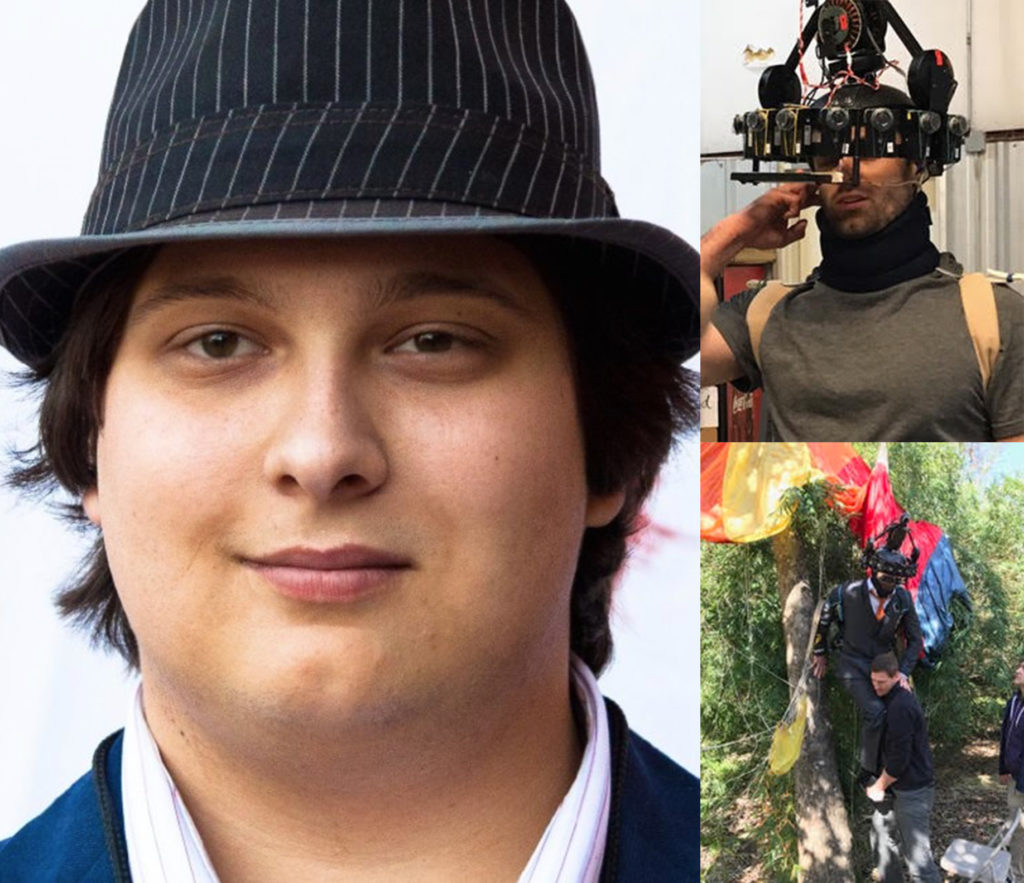The Rogue Initiative has teamed up with director Ilya Rozhkov to launch a new intellectual property. Rozhkov has filmed the first 360-degree short film in the Identity Experience franchise called Agent Emerson, which stars Lyndsy Fonseca (Kick-Ass) as the secret agent and Tony Denison (Major Crimes) as The General.
Rozhkov isn’t revealing much about the 360-degree short, which will launch this summer across all VR platforms. But the universe is a James Bond-inspired world of secret agents with lots of action. The first-person perspective story puts players in the role of CIA Operative, David Emerson, who awakens to find himself part of an experimental government program where subjects are under complete remote control by The General. He must fight to retake charge of his own actions and escape the high-security facility with the aid of Alex Emerson.
“We put the audience in Emerson’s eyes and just like the audience, he does not control his own body,” Rozhkov told [a]listdaily. “So, this is the immediate point where the audience relates to the character.”
Getting this unique perspective took some outside-of-the-box thinking. Galaxy Vision created a proprietary stereoscopic VR camera rig custom-engineered for this series called the “IC-Cam” (Identity Capture Camera), which sits on an actor’s head and provides a first-person point-of-view.
“We wanted to do storytelling and take advantage of the narrative virtue that virtual reality provides,” Rozhkov said. “And once the story was written we started asking ourselves how we were going to shoot it. A lot of people thought it would be impossible to shoot it the way we wanted to because there were so many bodies in the field of view and a lot of movement, so we had to make our own camera.”
The 360-degree shoot, which spanned six days of filming Louisiana and Los Angeles, drew inspiration from video games.
“Our department is really inspired by video games,” Rozhkov said. “Agent Emerson provides a variety of story experiences and physical experiences, and one section of the story is very reminiscent of a first-person shooter. One of the big inspirations was the Call of Duty franchise. We analyzed a lot of motion and animation in those video games.”
Rozhkov said the developers at Activision, some of which are now at The Rogue Initiative, spent a lot of time answering questions like: where does a gun go in a first-person shooter for best framing and still look real? He said that expertise helped with this VR project.
Agent Emerson introduces a central hub that will connect to additional VR stories. The second story will expand the 360-degree action from a 12-minute story to 20 minutes.
“The existence of this hub is part of the bigger story,” Rozhkov said. “I don’t want to reveal too much yet because there are different things planned and I don’t want to spoil them for you. But this is the first one and the setup is going to explain everything so that when the next one comes around people will understand what’s going on. Information will be revealed—and each story might seem independent from each other—but in the end, they all together come to form a perfect picture.”
Rozhkov compared the VR series to a traditional analog TV show, where you have the character and the setup that continues but each story is unique to itself. “There is a beginning, middle and end to each story, but the overlapping theme carries on to the next one,” Rozhkov said. “It will be obvious as you go on, but part of the adventure is discovering what that is.”
The Rogue Initiative is taking a transmedia approach with this new IP. Given that 360-degree content still generates a lot of buzz, especially with the millennial audience, content creators can launch something new in VR and then expand from there.
“Agent Emerson is just one character in this universe, and there are other stories that can be told across various mediums as well,” Rozhkov said. “In addition to the VR stories, we’re working to possibly expand this into a TV series and maybe a video game series that can keep on going. Agent Emerson is purely the pilot to set up the Identity Experience.”

